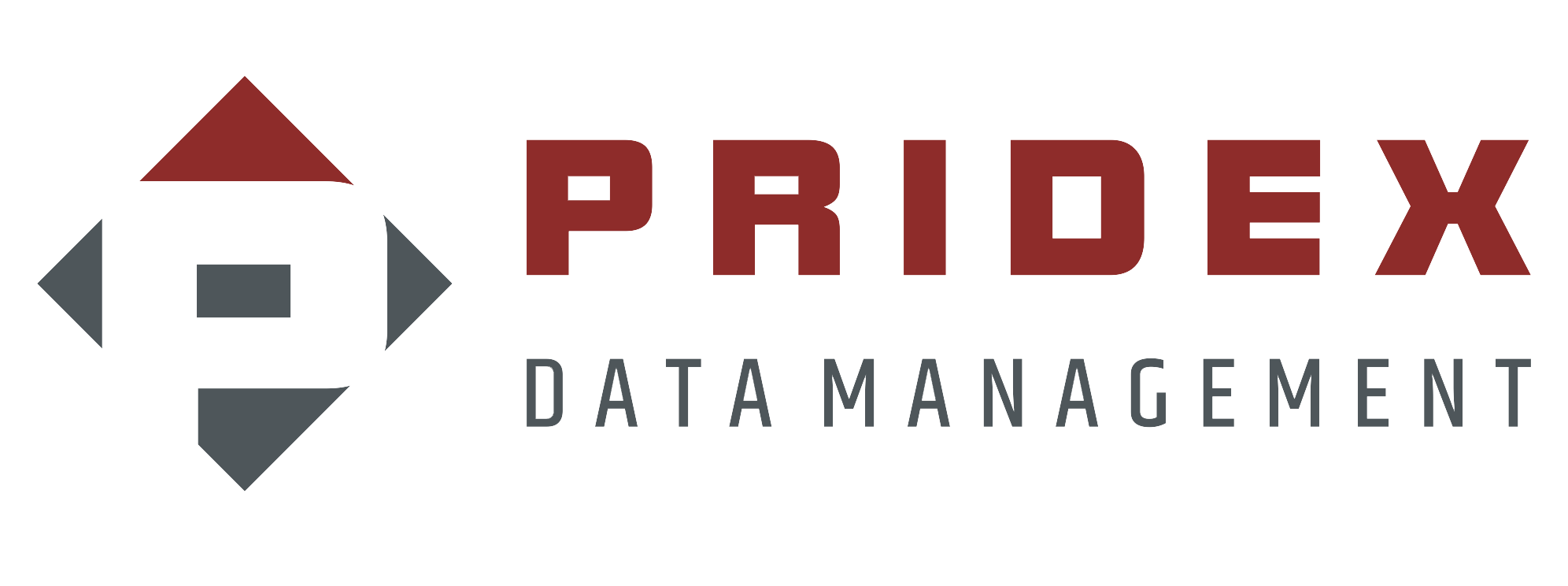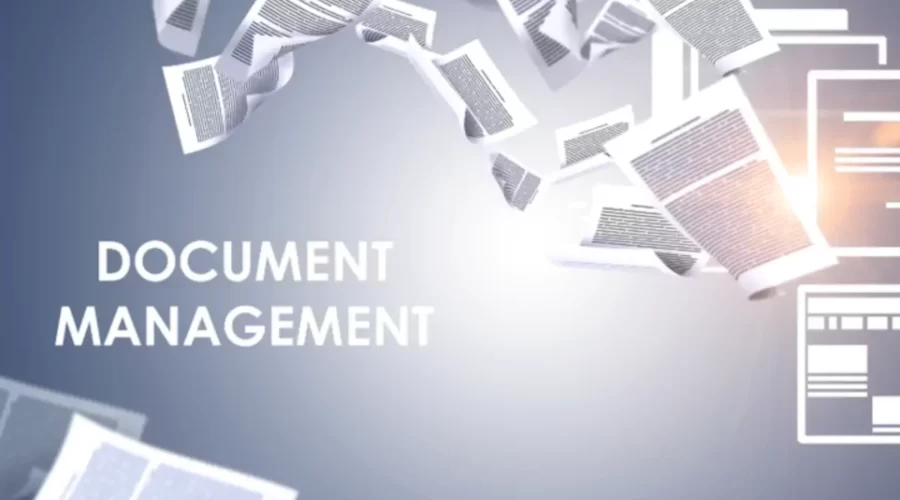In today’s fast-paced, technology-driven world, the modern workplace is evolving at an unprecedented rate. One significant aspect of this evolution is the shift from physical document management to document digitization. This transformation is not merely a trend but a necessity, driven by the need for efficiency, accessibility, and sustainability. Let’s delve into the various reasons why document digitization in the Modern Workplace businesses.

1. Enhanced Accessibility and Collaboration
One of the primary benefits of document digitization is the enhanced accessibility it offers. Digital documents can be accessed from anywhere in the world, at any time, provided there is an internet connection. This is particularly advantageous in the age of remote work and global teams. Employees no longer need to be physically present in the office to access critical documents. Moreover, digital documents can be easily shared and collaborated on, fostering a more dynamic and efficient workflow.
2. Improved Security and Compliance
Security is a paramount concern for businesses, especially when dealing with sensitive information. Physical documents are susceptible to theft, damage, and loss. In contrast, digital documents can be encrypted, password-protected, and backed up regularly, ensuring they are secure from unauthorized access and potential disasters. Additionally, digitized documents can help organizations comply with legal and regulatory requirements more effectively. Many industries have stringent regulations regarding document management, and digital records can be more easily audited and tracked to ensure compliance.
3. Cost and Space Savings
Maintaining physical documents can be costly. The expenses associated with printing, storing, and managing paper documents add quickly. Furthermore, physical storage requires significant space, which could be better utilized for other business activities. Digitizing documents reduces these costs and frees up valuable office space. Companies can reinvest the savings into more critical areas of their operations, driving growth and innovation.
4. Environmental Impact
In an era where environmental sustainability is becoming increasingly important, reducing paper usage is a significant step businesses can take to minimize our ecological footprint. Document digitization eliminates the need for vast amounts of paper, ink, and other resources associated with traditional document management. By going digital, companies contribute to conservation efforts and demonstrate our commitment to environmental stewardship.
5. Enhanced Efficiency and Productivity
Digital documents are easier to organize, search, and retrieve compared to their physical counterparts. Advanced document management systems (DMS) allow for quick keyword searches, categorization, and automated workflows. This efficiency saves time and reduces the frustration associated with manually handling paper documents. Employees can focus on more value-added tasks, boosting overall productivity and job satisfaction.
6. Disaster Recovery and Business Continuity
Natural disasters, fires, and other unforeseen events can devastate physical documents. Digitized documents, on the other hand, can be stored in multiple secure locations, including cloud-based solutions, ensuring they are protected against such events. This redundancy guarantees that critical business information is preserved, enabling companies to recover quickly and maintain continuity even in the face of disaster.
Conclusion
Document digitization in the Modern Workplace is not just a technological upgrade; it is a strategic move that offers numerous benefits for modern businesses. From enhanced accessibility and security to cost savings and environmental impact, the advantages of digitizing documents are compelling. As the workplace continues to evolve, embracing digitization is essential for staying competitive, efficient, and sustainable. Businesses that priorities document digitization will be better positioned to navigate the challenges of the modern world and thrive in an increasingly digital landscape.





